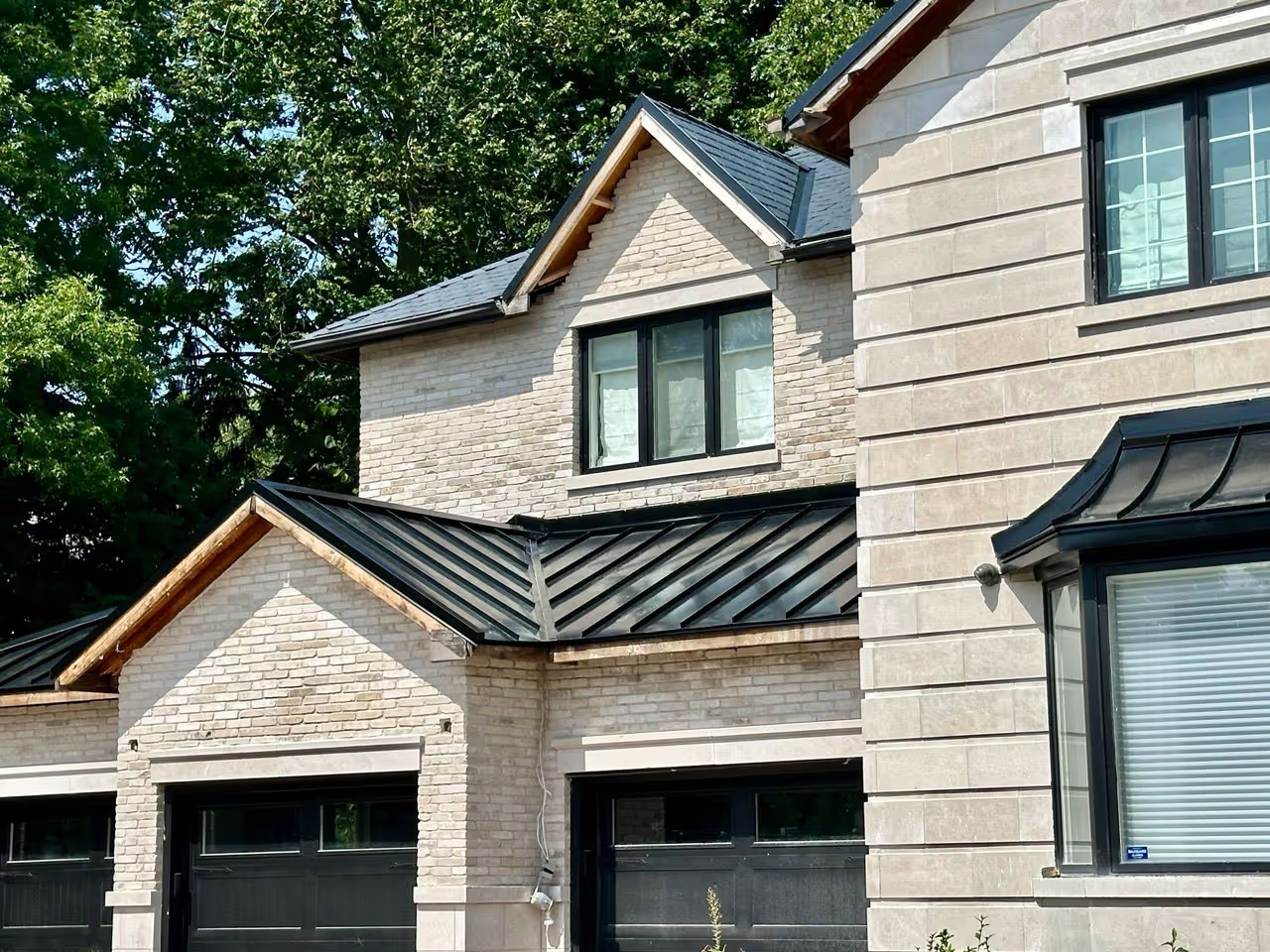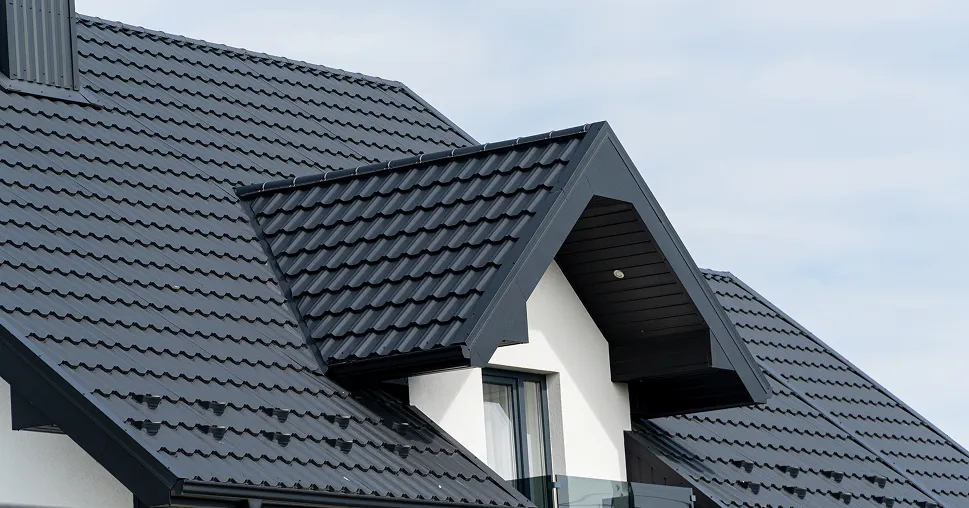
The key factors that determine whether a roof reaches its full 30-year lifespan or fails prematurely at 15 years, focusing on installation quality, maintenance, and material choices.
You've probably noticed it driving through your Toronto neighborhood. That house down the street still has its original roof from the 1990s, looking decent. Meanwhile, your roof needed replacement after just 15 years. What gives?
The answer isn't bad luck. Several specific factors determine whether a roof reaches its full lifespan or fails early. Understanding these differences can save you thousands of dollars on your next roofing investment.
Installation Quality Makes or Breaks Longevity
The single biggest factor separating a 30-year roof from a 15-year roof is installation quality. You can buy the best materials available, but poor installation will cut your roof's life in half.
Common installation mistakes include:
Improper nail placement. Shingles need nails in specific locations. Too high, and wind tears them off. Too low, and they don't seal properly. Each roofing material has manufacturer specifications that must be followed exactly.
Inadequate ventilation. Your attic needs proper airflow. Without it, heat and moisture build up, cooking your shingles from below and rotting the roof deck. Many older homes have excellent ventilation because building codes were actually stricter in some ways decades ago.
Skipped underlayment. Some contractors cut corners by skipping or using substandard underlayment. This waterproof barrier is your roof's first line of defense. When we handle metal roofing or asphalt shingle projects, proper underlayment is non-negotiable.
Wrong materials for the application. Not every roofing material works for every roof. Pitch, exposure, and climate all matter. A flat roofing system requires completely different materials and techniques than a steep-slope residential roof.
Maintenance Makes the Difference
Your neighbor with the 30-year-old roof probably isn't just lucky. They likely maintain it properly. Regular maintenance can double a roof's effective lifespan.
Essential maintenance includes annual inspections to catch small problems before they become big ones. A single missing shingle can lead to thousands in water damage if ignored. Clearing debris from valleys and gutters prevents water backup and ice damming, two major causes of premature roof failure in Ontario's climate.
Checking and maintaining flashing around chimneys, vents, and skylights is crucial since these areas fail first. Addressing moss and algae growth before it damages shingles is also important, though this is more common in shaded areas.
Most homeowners skip these steps entirely. They install a roof and forget about it until water stains appear on their ceiling. By then, the damage extends far beyond the visible symptoms.
Material Quality Matters More Than You Think
Not all roofing materials are created equal, even within the same category. Two asphalt shingle roofs might look identical from the ground but have completely different lifespans.
Premium architectural shingles use heavier base materials and more granules than basic three-tab shingles. This isn't marketing fluff. The weight difference is measurable, and it directly correlates to longevity. Metal roofing varies dramatically in quality too. Gauge thickness, coating type, and fastening system all affect how long the roof lasts.
The cheapest option always costs more in the long run. A roof that costs 20% less but lasts half as long is actually twice as expensive per year of service.
When you review our completed projects, you'll notice we focus on material quality alongside proper installation. Both matter equally.
Your Home's Design and Exposure
Some roofs simply face harder conditions than others. These factors affect every roof but hit poorly installed roofs harder:
Roof pitch. Steeper roofs shed water and debris better than shallow-pitch roofs. Water sits longer on low-slope roofs, increasing wear.
Sun exposure. South-facing roof sections take more UV damage than north-facing sections. If your entire roof faces south, it will age faster than a north-facing roof.
Tree coverage. Trees provide shade that reduces UV damage, but they also drop debris, hold moisture, and promote moss growth. The net effect depends on the specific situation.
Wind exposure. Homes on hilltops or in open areas face stronger winds that can lift shingles over time.
You can't change your home's orientation or location, but you can compensate with better materials and installation.
Climate and Weather Patterns
The Greater Toronto Area experiences temperature swings that stress roofing materials. We see hot, humid summers and cold winters with significant snow loads and freeze-thaw cycles.
Each freeze-thaw cycle expands and contracts your roofing materials slightly. Over 15 years, that's hundreds of cycles. Poor installation amplifies this stress. Properly installed roofs handle these cycles better because materials can move slightly without failing.
Homes across our service areas face similar climate challenges, but installation quality determines which roofs thrive and which fail early.
Getting Your 30-Year Roof
If you want your next roof to outlast your neighbor's, focus on three things: choose quality materials appropriate for your specific roof, insist on proper installation by experienced professionals, and maintain your roof with annual inspections.
The difference between a 15-year roof and a 30-year roof isn't mysterious. It comes down to making informed decisions and working with contractors who won't cut corners.
Want 50+ Years or Even a Lifetime? Choose Metal
If you're thinking beyond 30 years and want a roof that could last 50 years to a lifetime, metal roofing is your answer. While average asphalt shingles top out around 30 years even with perfect installation and maintenance, quality metal roofs routinely last 50+ years, with some systems lasting lifetime of your home.
Metal roofing resists the freeze-thaw cycles, UV damage, and weather stresses that wear down asphalt shingles. It won't crack, curl, or lose granules over time. The upfront cost is higher, but when you calculate cost per year of service, metal often comes out ahead—especially if you plan to stay in your home long-term or resell it.
Our metal roofing installations are designed for maximum longevity, with proper underlayment, ventilation, and fastening systems that ensure your investment lasts decades.
We offer comprehensive roofing services throughout the GTA, from material selection to installation and maintenance planning. Whether you're looking for a 30-year asphalt roof or a 50+ year metal roof, we'll help you choose the right solution.
Ready to discuss your roofing project? Contact us to schedule a consultation. We'll assess your specific situation and recommend the right approach for maximum longevity.
Your roof is one of your home's biggest investments. Make it count.


.svg)

.svg)


.svg)
.svg)
